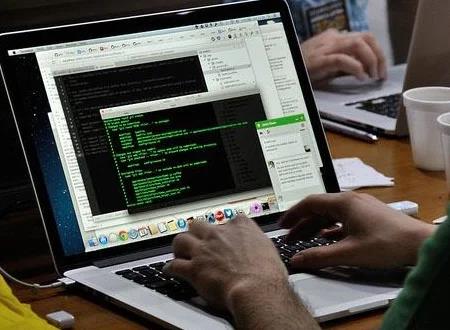Waterfall and Agile are two different approaches to software development. Waterfall, as the name suggests, follows a linear sequential flow, while Agile focuses on iterative and incremental delivery. Let's take a closer look at the differences between these two methodologies.
In Waterfall, the process is usually divided into distinct phases, such as requirements gathering, design, development, testing, and deployment. Each phase is completed before moving on to the next, and once a phase is finished, it is not revisited. This means that the entire project is planned and designed upfront, with little room for change. On the other hand, in Agile, the project is divided into multiple iterations called sprints. Each sprint usually lasts from one to four weeks, and at the end of each sprint, a working and potentially shippable product increment is delivered. Agile allows for flexibility and adaptability, as feedback from each increment is taken into account for the next sprint.
Another major difference between Waterfall and Agile is the level of client involvement. In a Waterfall model, the client typically provides initial requirements and specifications, and then waits until the end product is delivered. Any change or modification in requirements after the project has started can be time-consuming and costly. In contrast, Agile encourages continuous collaboration between the client and development team. This means that the client has more opportunities to review and provide feedback on each increment, leading to a product that better meets their needs.
Additionally, the time taken for completion of a project differs significantly in Waterfall and Agile. Since Waterfall follows a linear approach, all the phases are completed one after the other, making it a time-consuming process. On the contrary, Agile aims for shorter development cycles by incorporating frequent feedback and adaptation. This allows for faster identification and resolution of issues, resulting in quicker delivery.
In conclusion, the main difference between Waterfall and Agile lies in their approach to change, client involvement, and project duration. Waterfall is rigid and does not allow for changes once a phase is completed, while Agile embraces change and promotes collaboration between the client and the development team. Agile also emphasizes shorter development cycles and faster delivery. Each methodology has its own strengths and weaknesses, and the choice between the two depends on the specific requirements and dynamics of the project.
agile 和 waterfall的区别 Waterfall模式:因为只需要在最后给客户成品,时间充裕,能在一开始做详细计划,做出的画册质量更好,风格更统一,风只是因为后来无法和客户联系,有的地方没满足客户要求,而且老师说如果客户要求提前交付,waterfall模式没法像Agile那样出成品Agile模式,每15分钟就需要出一个成品,所以一直都很慌乱,为了赶进度,没法做很详细的规划,每个人都按自己的理解做,导致每页画册风格不统一,总体质量不如waterfall画册的质量,但有个好处是,在第二次出成品时,客户提了新的要求,这样还能在最终版调整来满足客户要求
从游戏来看,大家更偏向waterfall模式,毕竟画册的质量更好,但现实的大环境都在主推Agile,因为时间就是金钱,都想先抢占先机,不知道Agile模式发展咋样






